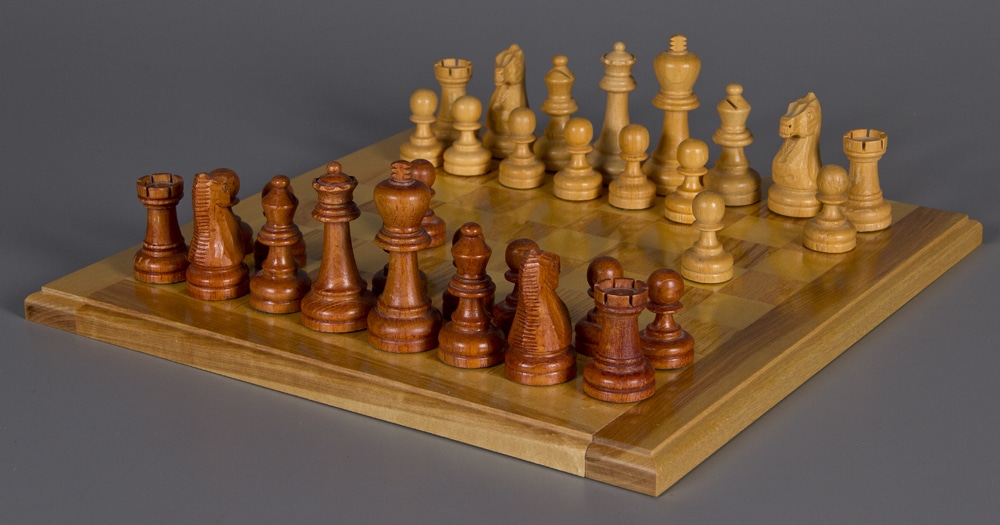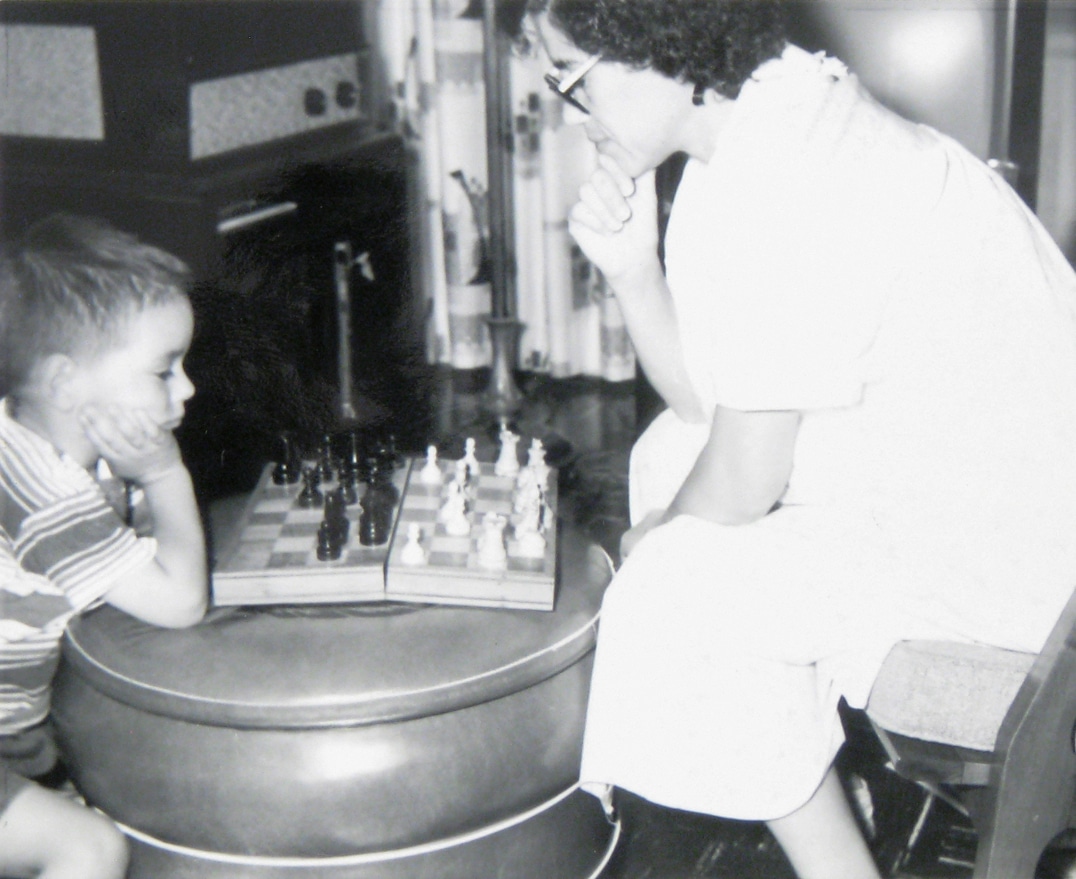Do you play chess? A World Chess Federation affiliate recently stated that the worldwide number of chess players equals the number of regular Facebook members and, in the United States, more people play chess than tennis and golf combined. Few sports foster such loyalty and global admiration.
But popular fame and public fascination are nothing new for chess. The game we know today was nicknamed “the game of royals” during the Middle Ages because noble people had the leisure time to learn and play it. During the age of enlightenment, scholars such as Benjamin Franklin recommended chess as proper training for the mind and considered it highly moral entertainment. In 1924, the World Chess Federation formed in Paris to provide common guidelines for the game’s play in the United States and other member countries. From ancient to modern times, chess has continued to thrive. No wonder chess earned a place in the National Toy Hall of Fame at The Strong.
 The game itself isn’t alone in its fame. The best chess players and their most spectacular victories have won public acclaim, admiration, and a place in history. Organized chess competition got its start when English chess master Howard Staunton held the first chess tournament in 1851. Staunton is also remembered for designing the familiar Staunton chess set, now used in all international competitions. In 1858, an upstart prodigy named Paul Morphy, who’d won American matches since the age of 12, challenged Staunton, but Staunton refused to play. Morphy went on to chess fame for his Opera Game, a casual game against a less-skilled opponent but with a reputation as a “clear and beautiful attacking game” that is still taught as an example. Morphy temporarily dethroned German Adolf Anderssen, the undisputed champion of the 1850s and 1860s, best known for his Immortal Game of 1851 and his Evergreen Game of 1852. Both games involve drastic sacrifices of a player’s own men to mount an aggressive attack. Such bold moves became features of modern chess strategy.
The game itself isn’t alone in its fame. The best chess players and their most spectacular victories have won public acclaim, admiration, and a place in history. Organized chess competition got its start when English chess master Howard Staunton held the first chess tournament in 1851. Staunton is also remembered for designing the familiar Staunton chess set, now used in all international competitions. In 1858, an upstart prodigy named Paul Morphy, who’d won American matches since the age of 12, challenged Staunton, but Staunton refused to play. Morphy went on to chess fame for his Opera Game, a casual game against a less-skilled opponent but with a reputation as a “clear and beautiful attacking game” that is still taught as an example. Morphy temporarily dethroned German Adolf Anderssen, the undisputed champion of the 1850s and 1860s, best known for his Immortal Game of 1851 and his Evergreen Game of 1852. Both games involve drastic sacrifices of a player’s own men to mount an aggressive attack. Such bold moves became features of modern chess strategy.
More than 100 years later another child prodigy played “The Game of the Century” when 13-year-old American Bobby Fischer beat United States champion Donald Byrne in 1956. Fischer made history again in 1972, during the World Chess Championship Match of the Century, when he won a series of games against Russian World Grandmaster Boris Spassky. This match, also seen as a parallel to the Cold War, ended Russia’s 27-year domination of the world title. And many people still consider Fischer the greatest chess player of all time.
Today, 23-year-old Magnus Carlsen of Norway is the number one ranked chess player in the world, according to the World Chess Federation website. Another former child prodigy, Carlsen was named a Grandmaster at the age of 13 and, because of his youth, soon earned the moniker “Mozart of chess.” Known for risky moves when younger, Carlson’s study of chess traditions and natural talent helped his game mature. In 2013, Time magazine named Carlsen one of the 100 most influential people in the world. Chess, it seems, remains as popular as ever, and the legendary names and exemplary games continue to captivate and inspire us.




